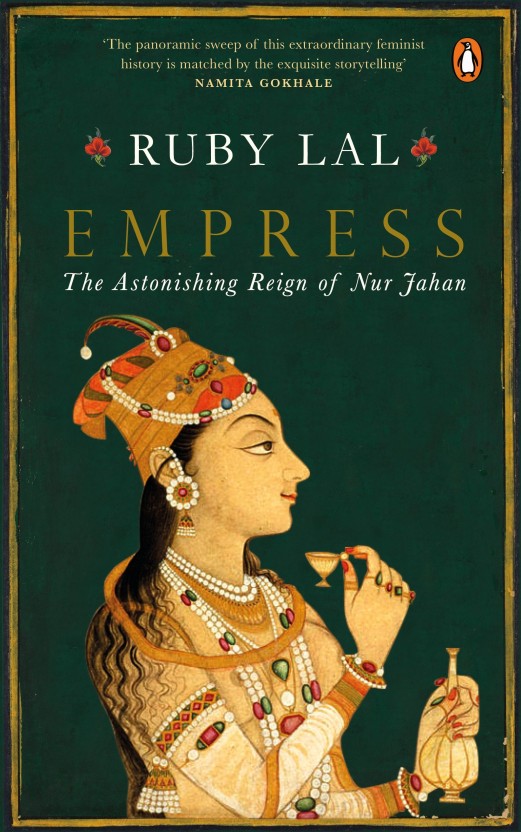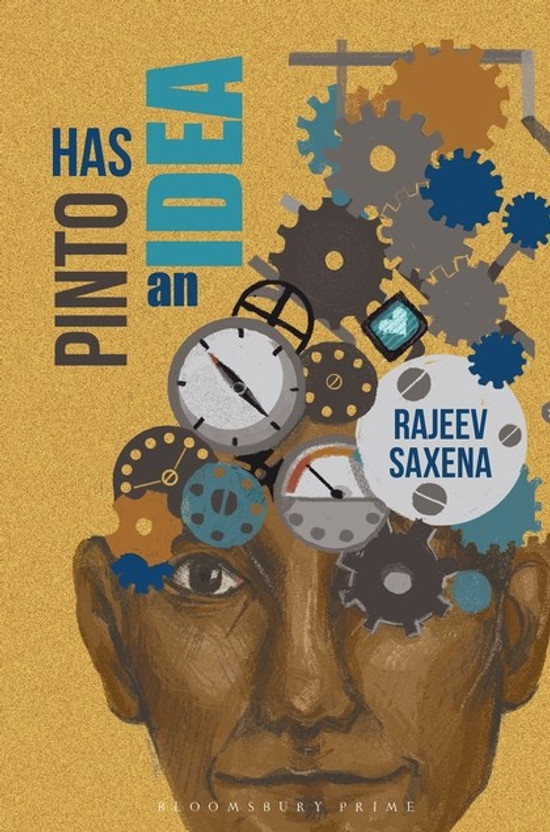Think of India and its
ancient epics/stories for a few seconds. If your brain did not pick up Ramayana
and Mahabharata in those few seconds, please stop reading right here and feel
free to go back to what you were doing. Both these epics are inseparable from
India. And, any kid that grew up in 1980 or earlier would not have slept in the
night at least a day without hearing stories from these great epics (today's
life is different, parents are busy and the kids have their own preference for
stories). How many retellings for these epics. Did the story ever change? No.
But, what makes every retelling unique. There could be multiple reasons, but
the one that comes on top of my mind is the author's imagination. Come, let us
go further and see how yet another retelling of the great epic Ramayana by Amit
Majmudar looks and feels like.
Firstly, who is
playing the leading role in Ramayana? Rama obviously. Isn't it? Amit has taken
a diversion here to name his book as Sitayana (though this is not the only book
out there under this name - K.R.Srinivasa Iyengar named his book as Sitayana). I
have listened to discourses on Ramayana and there are many of them suggesting
that Valmiki gave many names to this epic including Sitayana, Sita Charitam
etc., but finally settled down with Ramayana. In fact, this whole epic is
centered and weaved around Sita, and so Sitayana is very much correct and
acceptable. We must appreciate the author for choosing this name.
Next, Ramayana is
usually a sequential story (Mahabharata is little different where there is a
story inside a story inside a story... and so on). Every time you hear that
from elders, or you take a book and read, the story is not going to change, but
can bring different perspectives. That's exactly where the author has scored
points. Many appreciations are due to the other for conceiving the retelling
like this. It is the same epic, but as you read, you hear it directly from the
ones that are part of the epic itself.
Have we ever known
from our earlier hearings on how naughty Sita was? Or, have we ever read about
what she was fed, what she was taught and was capable of and so on? Possibly
no. When you hear directly from Sita when the book starts with her, you are more
than interested and inspired to read it. There is enough humour in each and
every chapter - the secret whisperings between Sita and Urmila during the
swayamwara is just a hint of what is waiting for you throughout your read. The
dialogue between Mandodari and Sita gives many deeper perspectives of both the
positive and negative aspects, which we never have come across before. The
belief that Mandodari has on her husband comes out very strong in the author's
words.
Usually, the
interactions that we know between Hanuman and Sita are pretty rudimentary. But,
when you read those chapters where they interact it is much more - what's in
their heart - a lucid conversation. You will have to make sure that you are
secluded and in a separate room when you are reading the happenings in Ravana's
court when Hanuman was caught and enquired there. Such a great wit with which
this was written that you will laugh like anything. Vibishan, usually known to
be a silent, smart and polite character and Indrajit, Ravana's son known to be
strong, gets their due in this great book. Nowhere else will you see the
in-depth depictions of these two, sidelined but powerful characters. The
writings on these two are filled with lot of inner meanings rather than a usual
just-for-a-novel like bare sentences.
Shurpanakha, Jambavan
and Kumbhakarna all get their chance to talk in this great book. Ravana's own
words establish what this great epic is meant for - everyone is born with both
human and rakshasa character, and it is the great mix that does the magic. Indra
and Valmiki also become part of this retelling which adds great value to the
book itself. If the author has dedicated a chapter for what a squirrel and the
mount Sanjeevini that play small role in this great epic, then the author needs
no further praise (read this in a positive way)! And, there is a bit of ice age
too when the squirrel takes the stone and thinks that it is a walnut :-)
The language that is
used is elegant - not very simple, but definitely not very complicated; but,
apt enough to carry the deeper and inner meanings of the conversations between
different characters and what's in their mind in a unique way. The anecdotes and
the analogies used throughout the writing exemplifies the efforts that the
author has put. The exquisite nature of the characters and the environment
comes out brilliantly in the same way. This one is not just a simple retelling.
It is much more than that. Kudos to Amit Majmudar for having such an
exceptional imagination to depict the always-known-and-heard-several-times
Ramayana!






